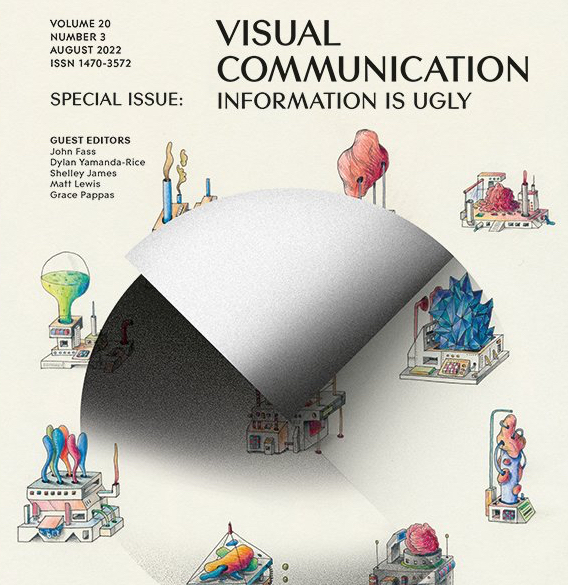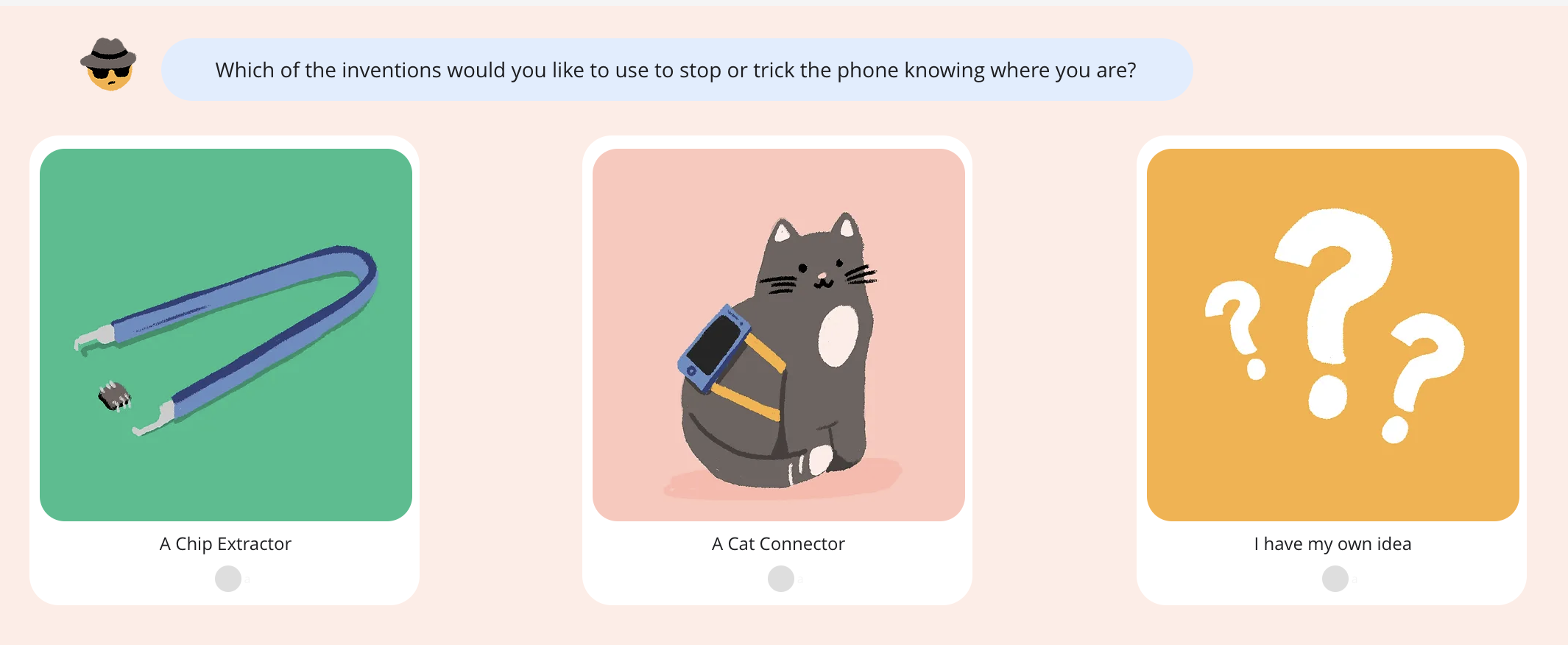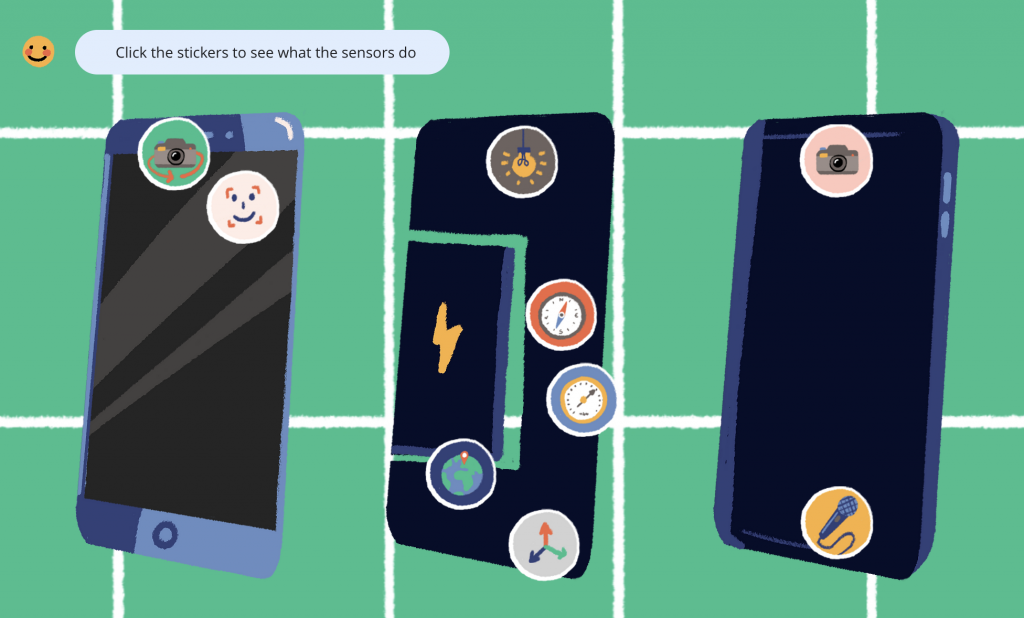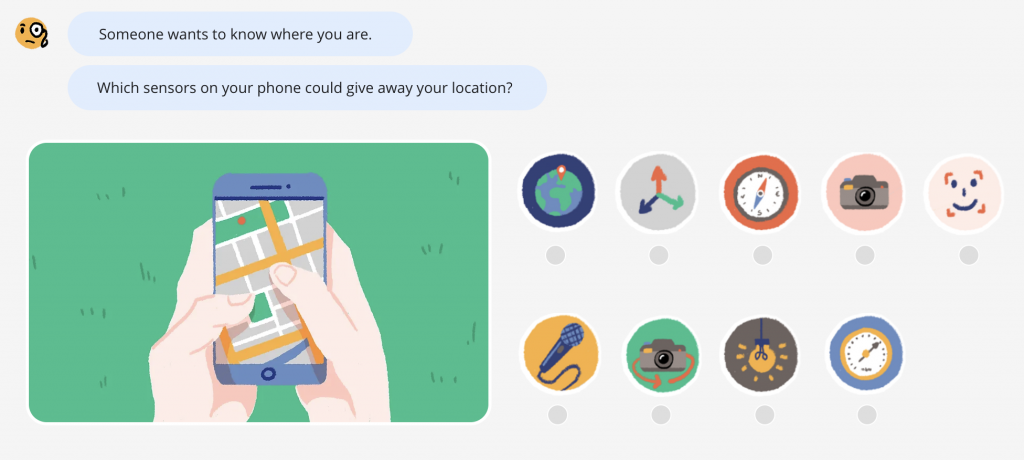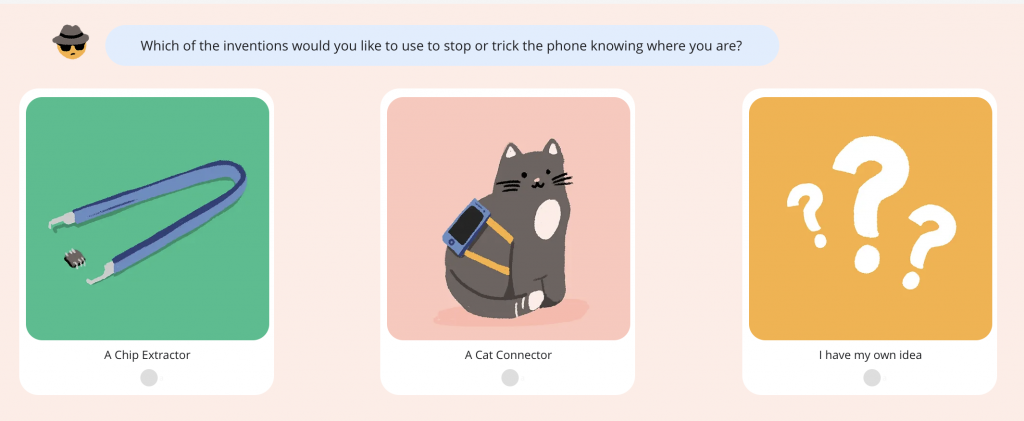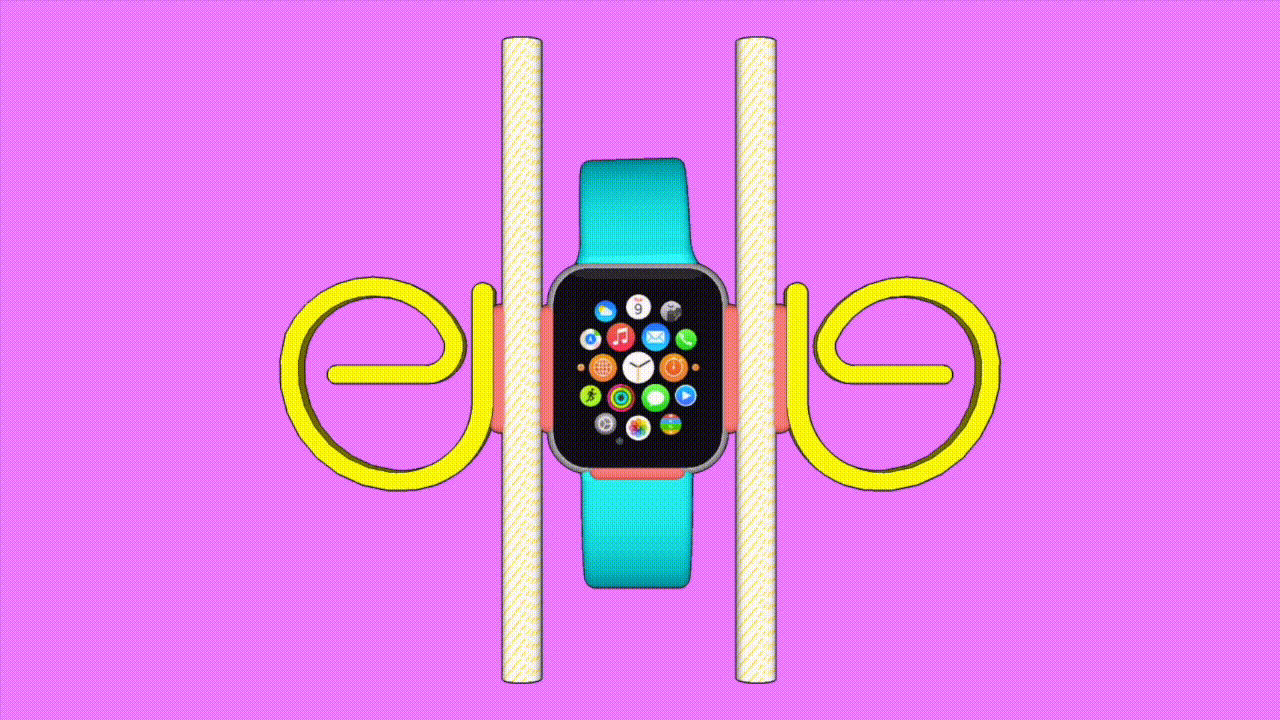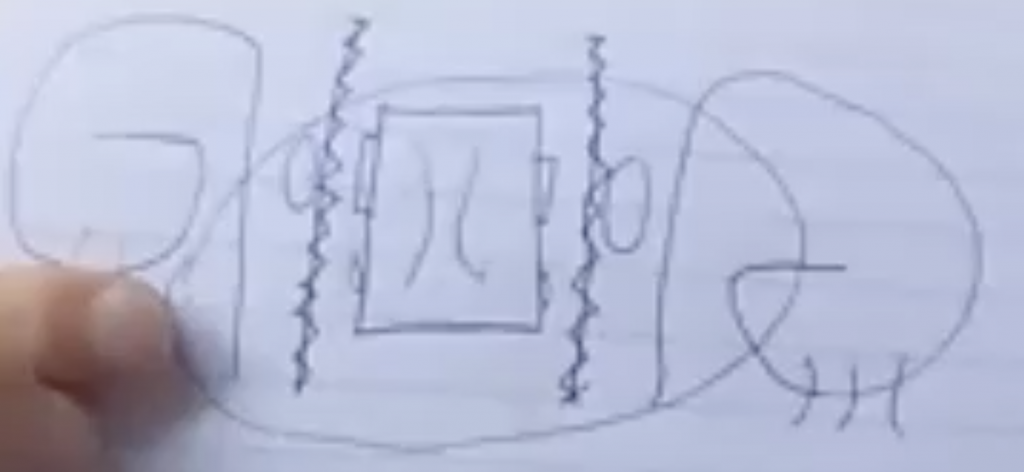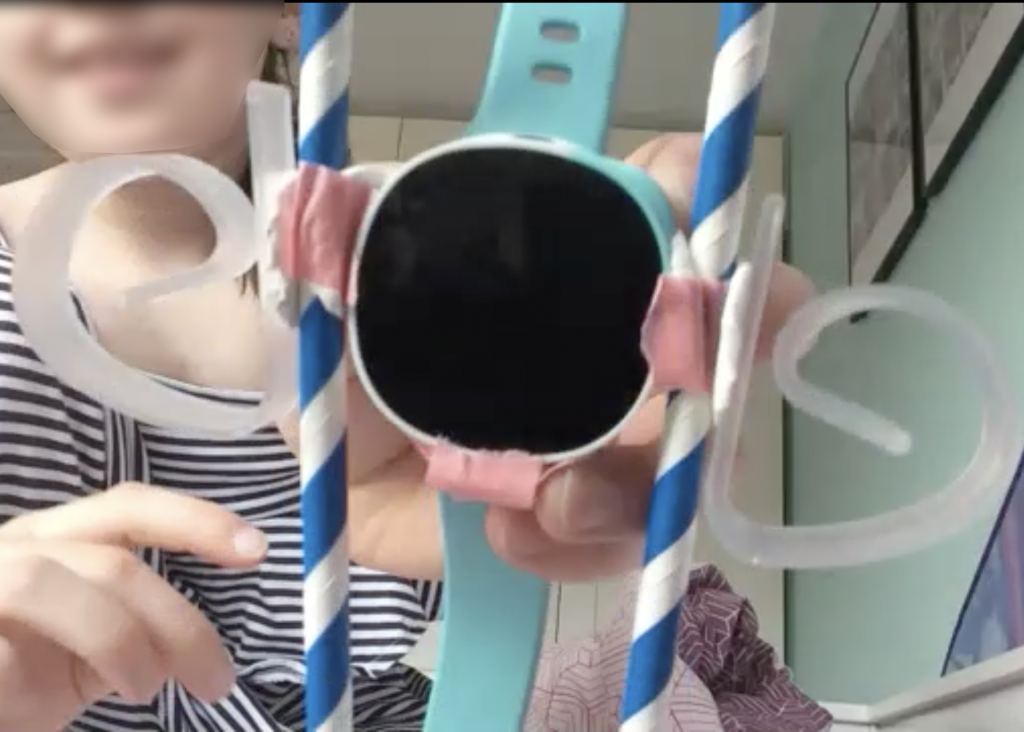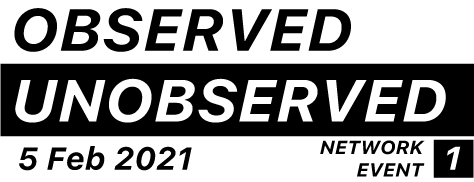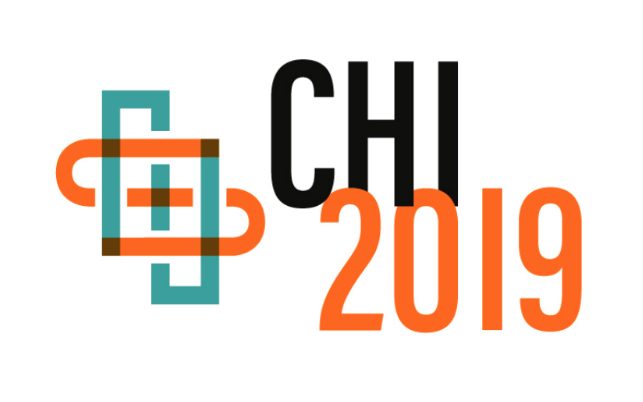We’re pleased to announce that we have won funding for the project from the Human Data Interaction Network to continue research for the Countermeasures project.
The HDI Network is a UK EPSRC Network Plus, focused on research which increases understanding and control over how our data is used by applications and systems. More information on the network can be found on their website here.
The Countermeasures project was funded through the theme of Surveillance and Resistance, which looked for projects which designed methods of resistance against data surveillance.
Our project is titled “Countermeasures: Giving children better control over how they’re observed by digital sensors”. It aims to take the concept of tool kits for lying to objects, and apply it to the context of children’s use of technology.
Children face particular risks of data surveillance when using technology. They are frequent users of sensor-enabled devices such as phones, tablets, TV’s, game consoles and smart speakers. However, they are often not the owners or intended users of these devices, as legally their parents may be the device owners and account holders. They might be less aware of, or have less consent over, how the data generated from these devices is used.
The project seeks to address these issues by researching the following questions:
- What understanding do children have of the sensing capabilities of the digital devices they use?
- To what extent does a child’s understanding of digital sensing affect their exposure to surveillance?
- What practical methods of sensor blocking or disruption are most suited to provide children with agency in relation to surveillance?
- How does the knowledge and use of sensor-disabling tools affect children’s attitude towards digital sensing?
- What would children’s ability to alter data collecting sensors mean for the kids media industry?
We will be running co-design workshops with children aged 8-12, to find out more about their knowledge of the sensing abilities of their devices, and to design tools for blocking or deceiving the sensors they commonly encounter.
The co-designed tools will be developed into an open source tool kit, which others can use to gain agency over the way they are observed by sensors.

